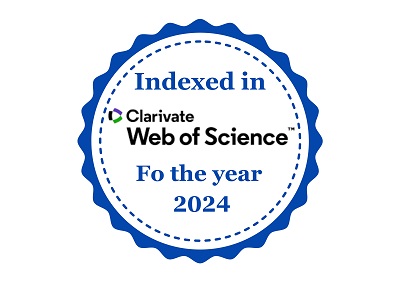Brachyspira-Induced Gut Microbiome Disruption in Livestock: Mechanisms, Consequences, and Interventions
DOI:
https://doi.org/10.61808/jsrt199Keywords:
Brachyspira, Gut Microbiome, Swine Dysentery, Microbial Diversity, Livestock HealthAbstract
Brachyspira species, particularly B. hyodysenteriae and B. pilosicoli, are major enteric pathogens in livestock, contributing to gut microbiome disruption and significant economic losses. This review synthesizes current knowledge on the mechanisms through which Brachyspira species alter gut microbial communities, impair mucosal integrity, and modulate host immune responses. Infection is consistently associated with reduced microbial diversity, an increase in opportunistic taxa, compromised nutrient absorption, and skewed immune signaling—factors that collectively exacerbate clinical outcomes and prolong recovery. The economic burden is compounded by decreased growth rates, poor feed conversion, and production losses, especially in swine and poultry. While dietary and probiotic strategies show promise in restoring microbial balance, standardization of diagnostic and intervention protocols remains limited. This paper highlights the need for longitudinal studies with quantitative metrics to better elucidate the link between microbiome dysbiosis, host physiology, and productivity. Advancements in sequencing, immunoprofiling, and microbial therapeutics offer opportunities to mitigate disease impact and improve livestock health and resilience.











